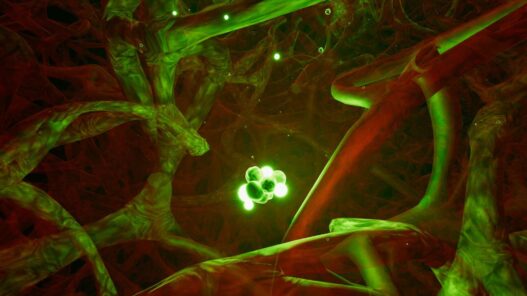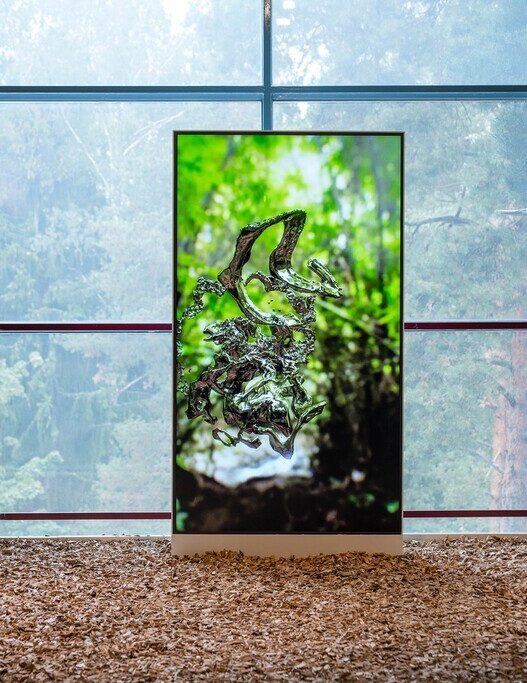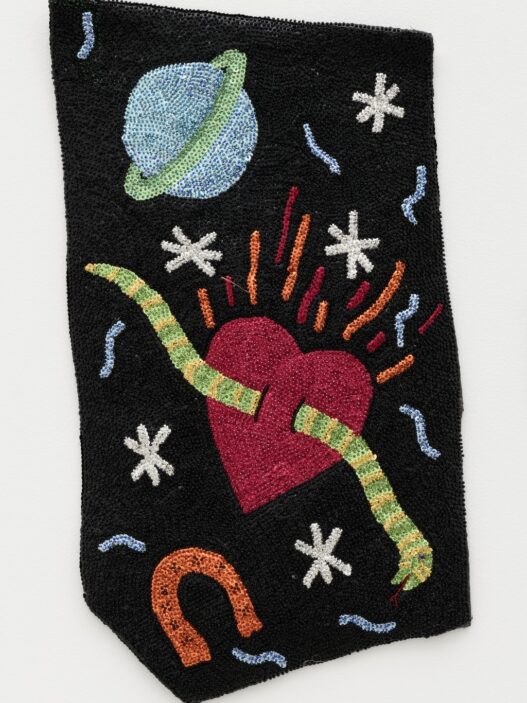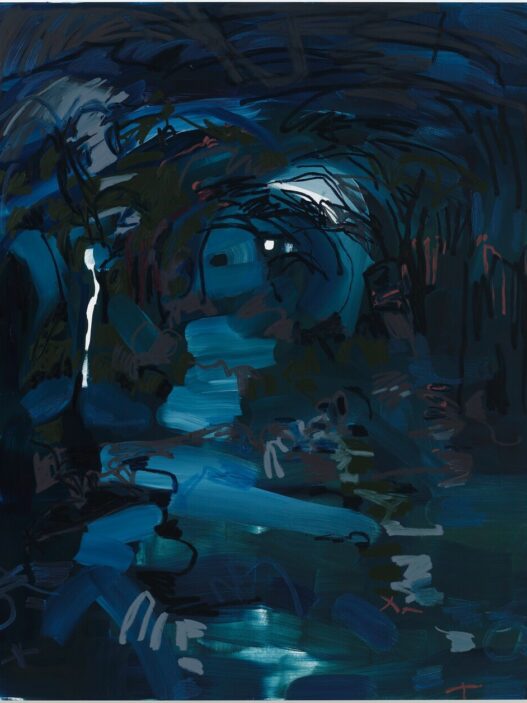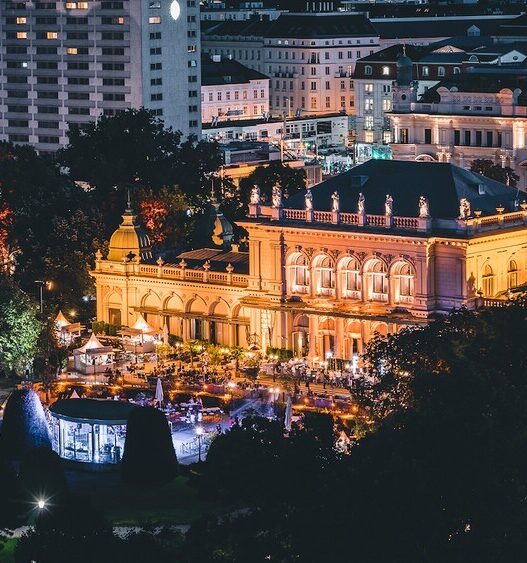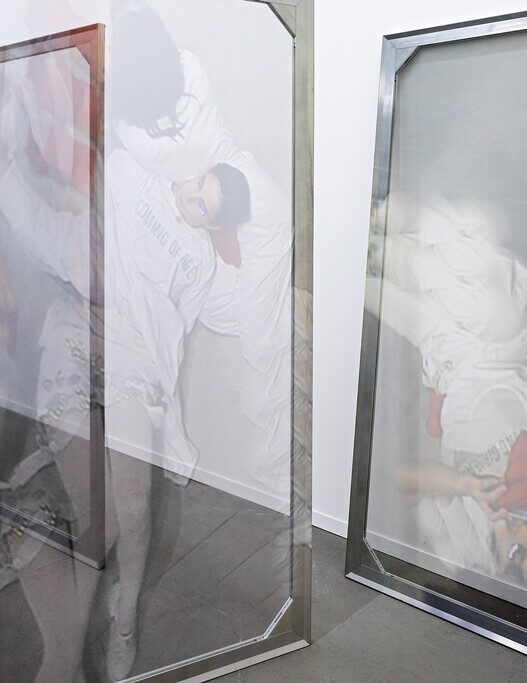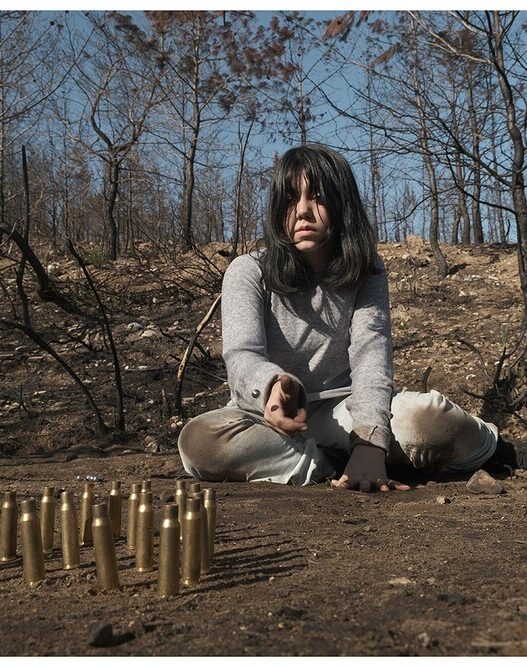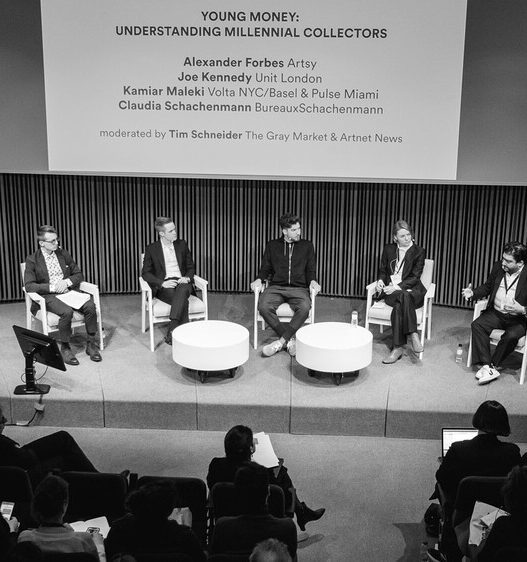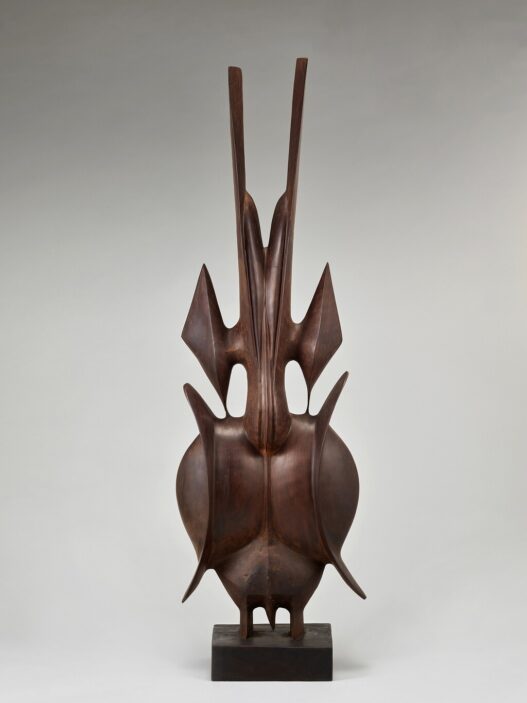September 7–November 13, 2022
This September, Kunsthall Trondheim presents two new exhibitions by Metahaven, negotiating the role of sensing for knowledge production in physics and art, and Susanne M. Winterling, centering on heat as mediator between humans and microorganisms.
Capture (2022), a recently commissioned film by Metahaven, investigates numerous sensory modalities to address fundamental issues like: What is reality? How do we define consciousness? What precisely is knowledge? The film, whose title gives the show its name, makes its international debut at Kunsthall Trondheim.
Capture, which is structured around three interconnected research areas, combines images of lichens captured in Norwegian forests with video from the enormous CERN film library and images of bats. What is it like to be a bat? was a question posed in 1974 by the philosopher Thomas Nagel in reference to these nocturnal mammals that use echolocation for navigation. The position of facts that we might not be able to understand is considered in the essay. For instance, a person unfamiliar with insect metamorphosis would lock a caterpillar in a sterile safe and then retrieve a butterfly weeks later. That individual would be aware that the caterpillar is, or once was, the butterfly. Or they might conclude that a parasite inside the caterpillar ate it and transformed it into a butterfly.
The Large Hadron Collider at CERN, where the Higgs boson, the first and only elementary scalar particle discovered to date, was verified to exist in 2012, is linked to Nagel’s essay by Metahaven. The boson had to be produced in an experimental setup by smashing particles at speeds that were nearly as fast as light. However, despite the Higgs boson’s confirmation, its characteristics remain unknown—much like Nagel’s butterfly.
Lichens, which are composite organisms made up of fungi and algae, make up the third element in the movie. Lichens are suggested by transdisciplinary sociologist Jennifer Gabrys as bioindicators that can detect pollution in ways that are more qualitative than the measures that are provided by the majority of scientific devices. Lichens encounter the lived effects of climate change in nonlinear, relational ways and alter them through photosynthesis. Similar to how the Higgs boson was generated throughout the process of its confirmation, a camera is not passively filming, but rather influencing, if not creating, its reality. Capture is a composite organism that aims to create a cinematic cognitive-emotional field.
Along with a collection of textile pieces woven on a jacquard loom or stitched on used jackets and plastic bags, Metahaven’s movie Chaos Theory (2021) is also on display. These pieces speak to how user-generated content democratizes claims to reality and truth while also leaving people open to misinformation via the networked communication technology.
Capture is commissioned by Kunsthall Trondheim, Arts at CERN and Screen City Biennial, supported by KORO and Arts Council Norway. Arts at CERN is supported by UNIQA Fine Art Insurance, Switzerland. Capture has been realized with the generous support of NL Film Fund, and additional support from La Palma Escuela de Cultura e Instituto Canario de Desarrollo Cultural.
Curator: Stefanie Hessler, former Director of Kunsthall Trondheim, now Director of Swiss Institute, New York
In Susanne M. Winterling’s exhibition A threshold-game of proximity, cluster and heat an elemental force takes the role of the protagonist.
For the exhibition, Winterling created a piece with the same name as the exhibition. In this piece, we are urged to transcend our skin’s barrier and travel inside the sweltering interior of our own bodies. Simone Schürle-Finke, a renowned biomedical engineer, and Winterling worked together on A threshold-game involving closeness, cluster, and heat. Schürle-groundbreaking Finke’s biomedical science research at ETH Zürich, Switzerland, served as the foundation for this effort. Escherichia coli bacteria are outfitted with nanoparticles so they can transport medicine through the human body. The delivery of tailored treatments inside our bodies without causing injury to healthy tissue is made possible by the stimulation of bacteria by temperature.
The exhibition welcomes spectators along on the illuminating bacteria’s journey toward whatever it is meant to help the human body battle through an interactive CGI video game projected on a holographic curtain and a monitor set in a room heated to human body temperature. The microbe travels through human life and death here. The piece explores the close relationship between species and bodies—in this example, bacteria and people—and emphasizes how heat serves as a conduit for all of our interdependencies.
The work A threshold-game of proximity, cluster and heat is commissioned by Kunsthall Trondheim and Schering Stiftung, Berlin. The exhibition is supported by Arts Council Norway, Trondheim municipality, Billedkunstnernes Vederlagsfond, Institut für Auslandsbeziehungen, and The Fritt Ord Foundation.
Curator: Katrine Elise Pedersen, Interim Director, Kunsthall Trondheim
Kunsthall Trondheim
Kongens gate 2
7011 Trondheim
Norway
Hours: Wednesday–Sunday 1–5pm
T +47 485 00 100
[email protected]









